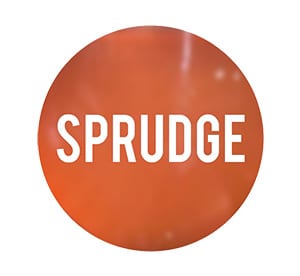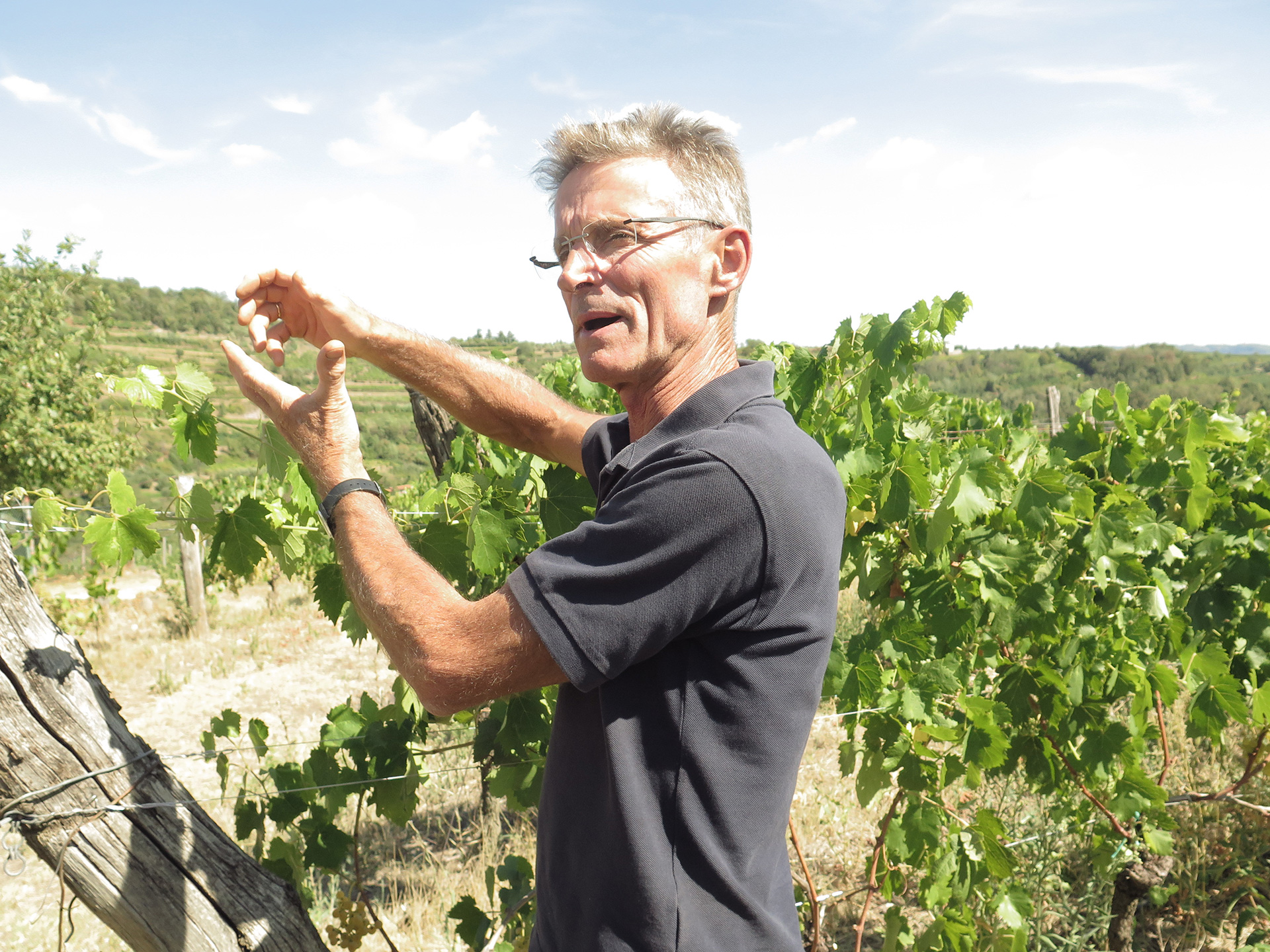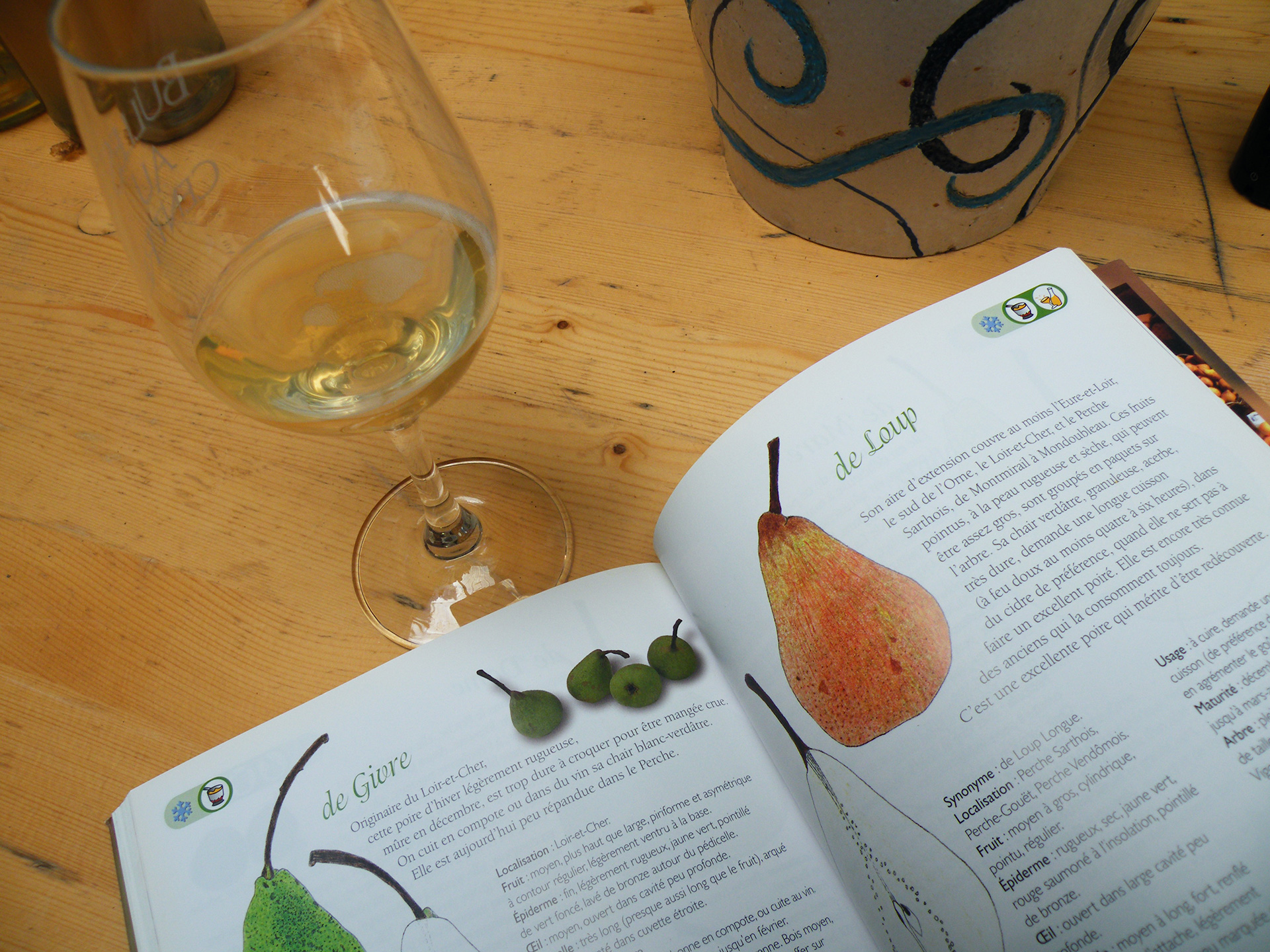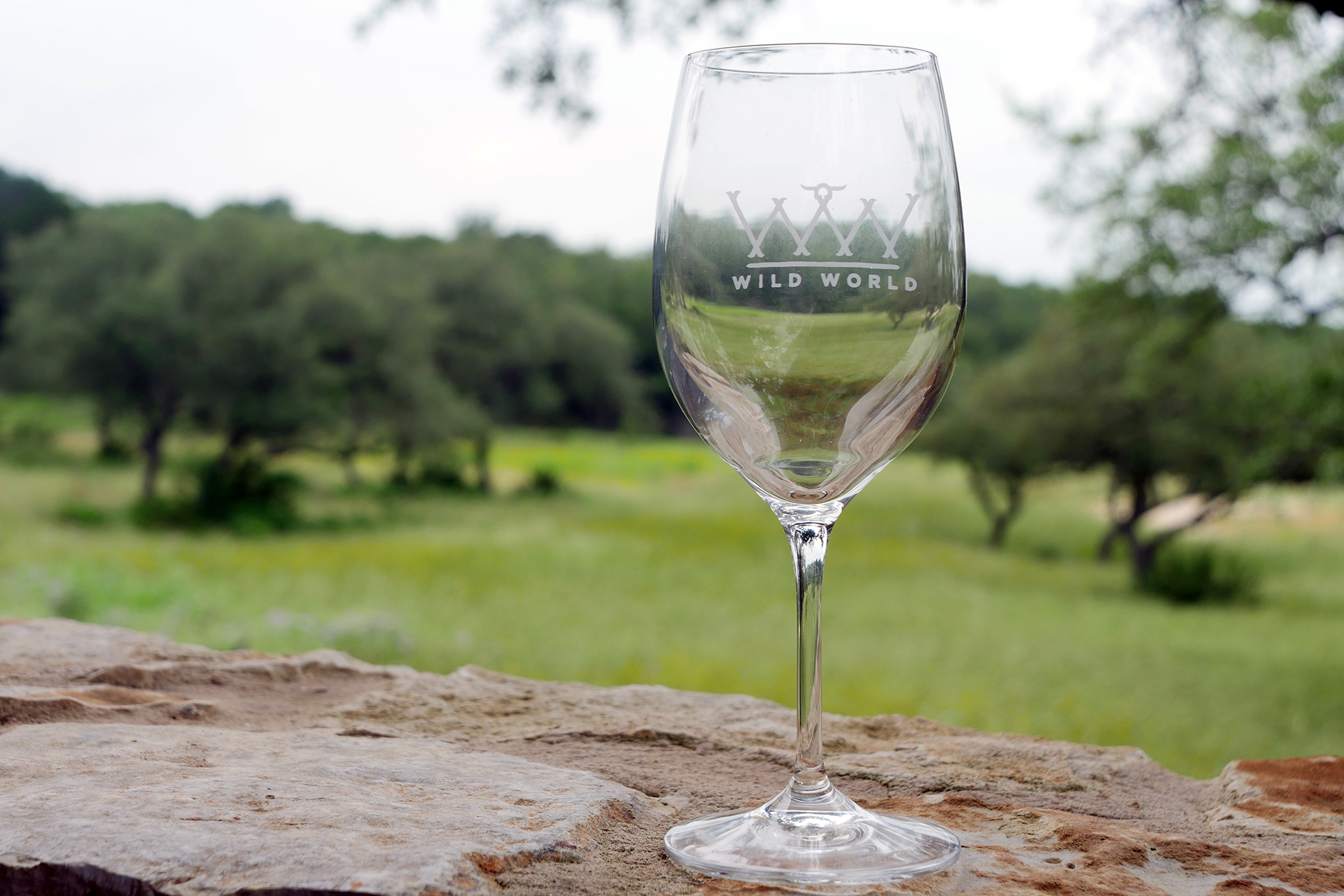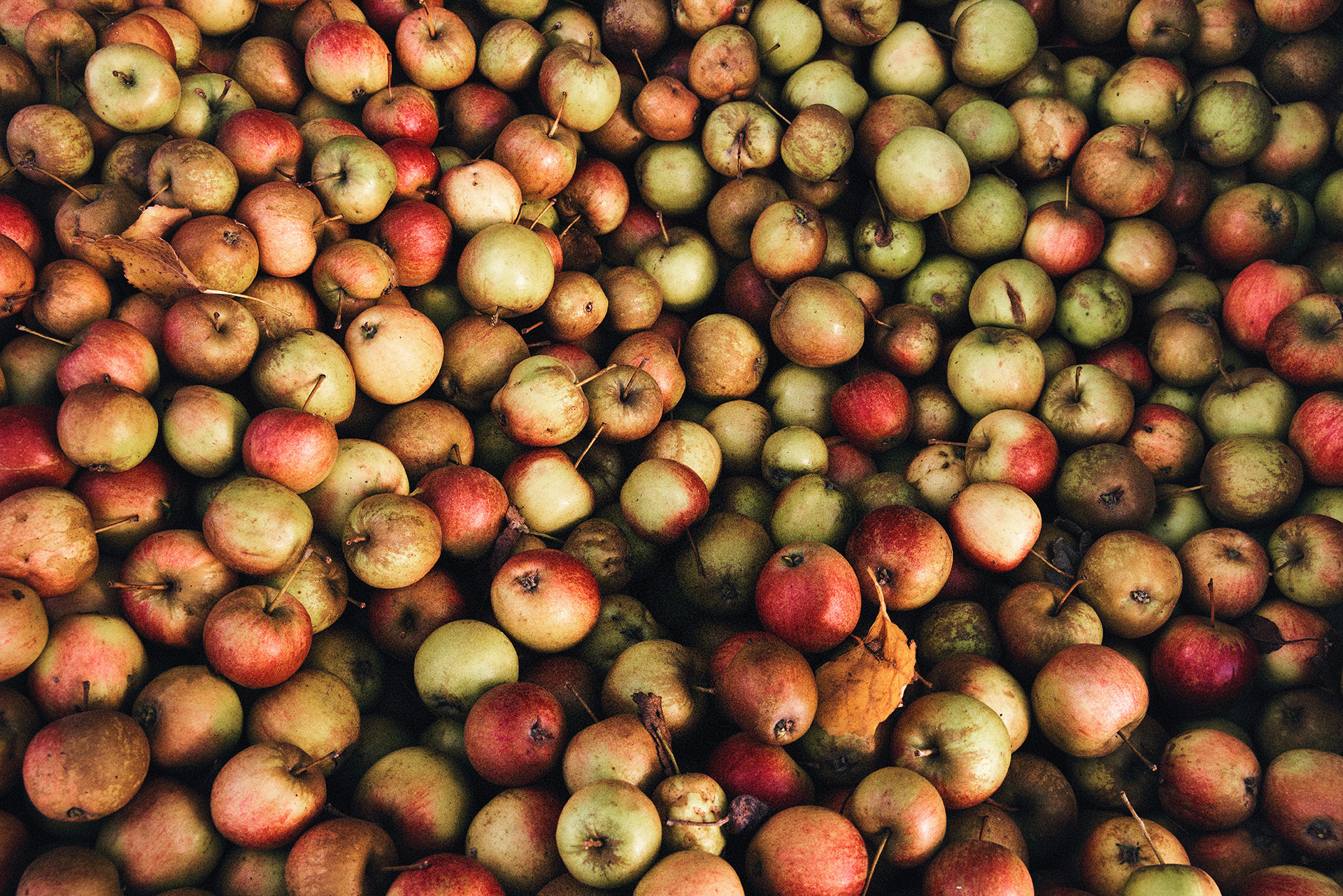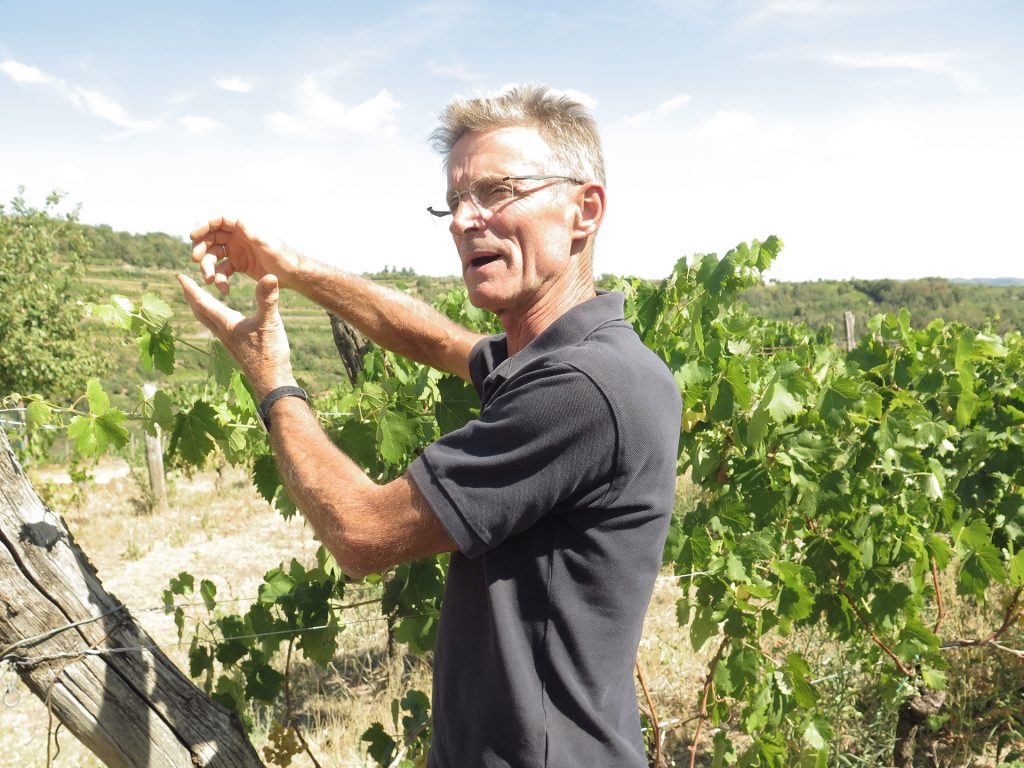
There may be nothing more comforting—when you’re living abroad and there’s a political shitstorm going on back home—than being welcomed into the home of an Italian natural winemaker for lunch with his family and being given a refreshing glass of fizzy, bright Garganega, to take off the edge even more.
I arrive at La Biancara, located in the Gambellara hills of the Veneto, on a Sunday, which in Italy is typically a day reserved for relaxation with loved ones (not for visiting journalists) but for one day, I am made to feel like one of the family. Over a dish of zucchini burrata risotto made by Rosamaria, Angiolino Maule’s wife and work partner of nearly 40 years, I learn the backstory of one of Italy’s pioneering natural winemakers. We are sipping the aforementioned pét-nat—named Garg & Go because it’s meant as a fun vin de soif—unlike the rest of Maule’s wines, which are definitely more on the meditative side. Alessandro and Giacomo, two of the family’s four children, join us; Alessandro helps his father with the winemaking, and Giacomo is an aspiring beer brewer. Fortunately for me, Emma Bentley, a Brit who is working the harvest with the family, is there to translate. Even if I knew Italian, she says, it wouldn’t help. “They speak only dialect,” she says, smiling.
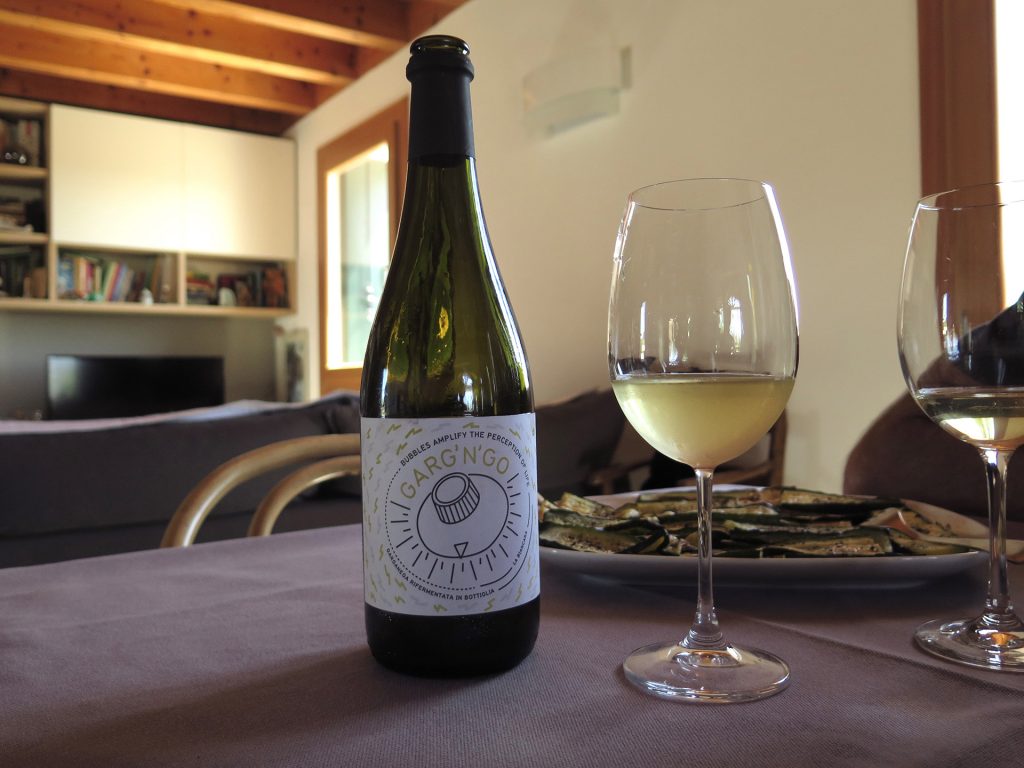
To explain how the Garg & Go is made, Rosamaria grabs the family photo album, and turns to a page with pictures of grapes drying on nets on their patio. After five months of sun-drying, the grapes are used to make a sweet wine called Recioto, but an additional portion is frozen and used to kick-start a secondary fermentation in-bottle. Flipping through the album, Rosamaria finds a photo of Maule with the late Stanko Radikon, Frank Cornelissen, and other legends of Italian natural winemaking; they appear to be tasting some skin-contact wines, and in the background, a young Alessandro is helping to pour. “Always Alessandro,” says Rosamaria about her son’s early interest in wine.
Maule’s grandparents and parents were contadino
(they grew grapes, as well as wheat and vegetables), but he and Rosamaria, who grew up in a nearby town in the Veneto, wound up working in a local clothing factory. One day, they had had enough of that life, and opened a pizza restaurant, which they ran for 12 years. In 1991, Maule tasted a skin-contact natural wine from Josko Gravner, in Friuli—Edoardo Valentini, the late masterful winemaker of Abruzzo, was another early influence—and decided to try his hand at making wine.
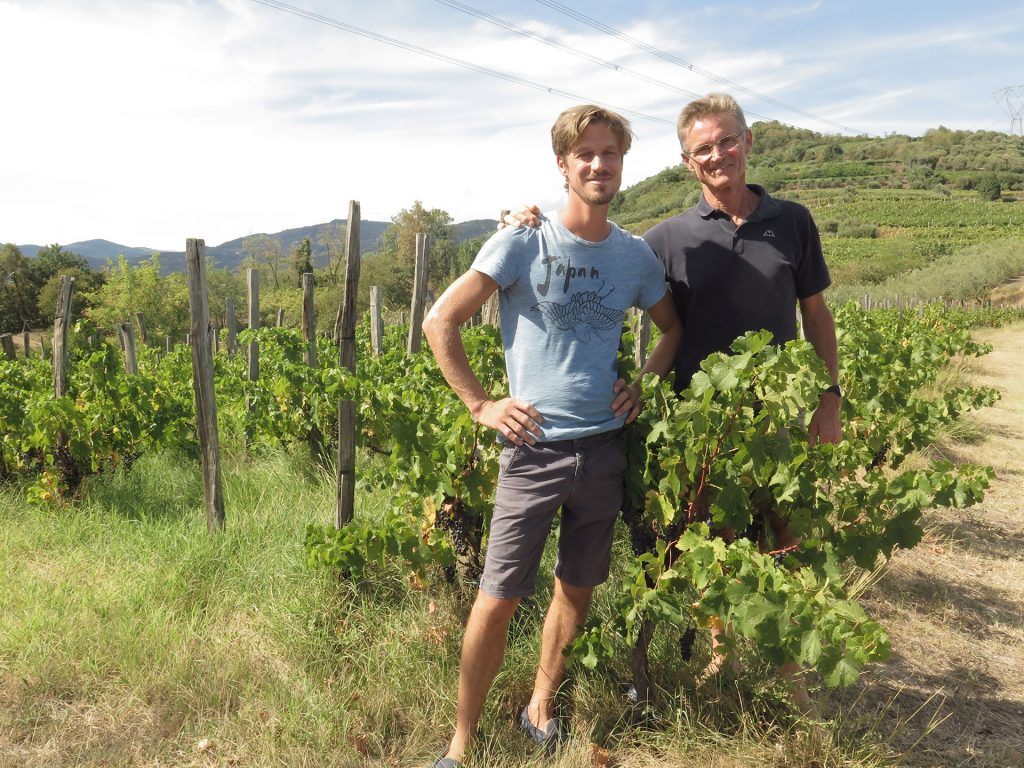
“I am an obsessive learner,” says Maule. Over the course of the day, I see exactly what he means. VinNatur, the association Maule founded in 2000, and which now includes more than 170 producers from around the world, who convene each year in April for a three-day public wine tasting, is devoted to rigorous monitoring of winemaking practices. Every year, producers must submit their wines for analysis, to be absolutely certain that only low levels of sulfites have been added (50 grams per liter is the limit), and that zero pesticides are present. This year, finally, every single wine was cleared as pesticide-free, he explains.
Maule’s attitude toward being a natural winemaker in Italy is characterized by a scientific approach and stubborn perfectionism. He doesn’t care that his wines, which are made with skin contact, hold no DOC (geographic indication). “I laugh at bureaucratic problems—the real ones are in the vineyards,” he says as we taste two wines. The first is a skin-contact Garganega wine, which has umami and citrus flavors and is easygoing and fresh, by one of Angiolino’s disciples, Sauró Maule (no relation). We also taste Maule’s 2015 Pico, a skin-contact wine made from several vineyards in the volcanic soils of the Gambellara hills. Unctuous and tannic, it is still easy to drink, and goes down nicely alongside grilled zucchini from the family’s garden, as well as salty, fatty pancetta. These wines redeem my image of Garganega, the grape best known for Soave wines, which can be truly boring and unmemorable when made conventionally.
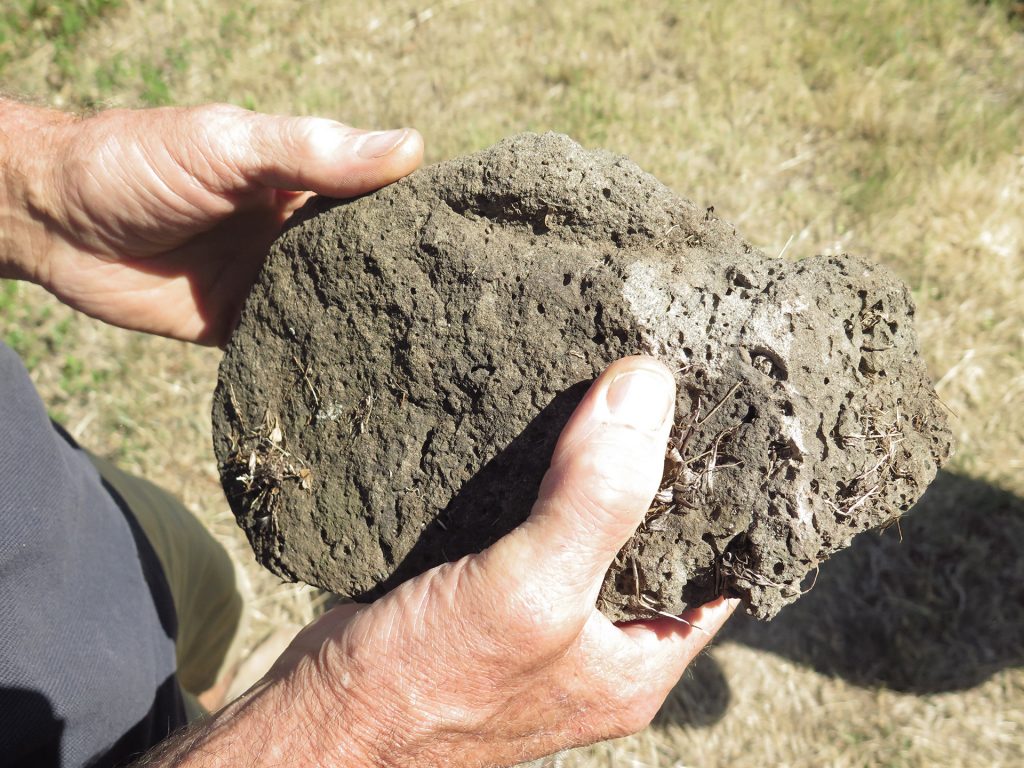
After lunch, Maule, Alessandro, Emma, and I hop into the truck—immaculate, inside and out—and make our way down the hill into the vines. Unlike most of his neighbors, Maule uses Guyot trellising rather than pergola style; the latter became popular after phylloxera because it yields more fruit, he explains. Maule works with 18 hectares in total, 12 of which he owns. He points out the Menti estate’s Garganega vineyard—another naturally working producer that I’m fond of. We arrive to the Faldeo vineyard, where golden-yellow Garganega berries are hanging ripe on the vines—harvest is just around the corner. Garganega has been in this area for 1,300 years, according to Maule. He picks up a porous rock to show me the volcanic soil for which the region is famous. A lesser-known fact is that Gambellara’s rocks were once harvested for railways.
Under the bright midday sun, Maule talks about the vineyard as if it is a human being. Pruning and tractors are traumatic to the vines and soils, he says, though pruning is still necessary. There has to be some way to improve plant health from within, rather than from the outside, by focusing on the “internal plumbing of the plants.” The aim is to have vines that are self-sufficient, so they can adapt to environmental fluctuations—including the steady increase in temperature that’s been happening over the past few decades, he explains. “Wine is magic because it occurs through photosynthesis,” Angiolino says. A wine’s quality is ultimately the “result of microorganisms in the soil.” And while “organic and biodynamic viticulture is a beautiful starting point,” he adds, these approaches are not the ultimate goal.
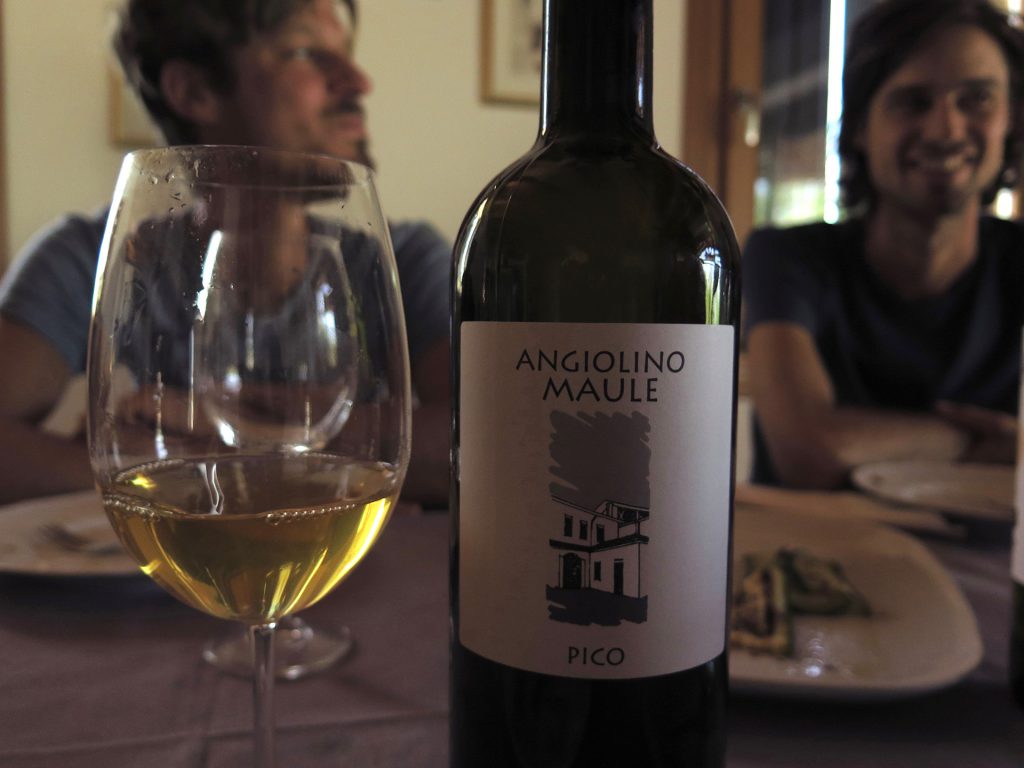
Even if he sounds a bit mystical in the vineyards, he is straightforward, scientific, and precise in the cellar. “Oxygen, temperature, cleanliness—those are the tools for making wine,” he says. Making wine without chemicals requires deep knowledge of and skillfulness with these three things, he explains as we taste wine from barrels, which will be bottled in the next few days. A barrel that will become the Sassaia wine, made with half of the juice macerated and half pressed directly, has an Asian pear nose and is tart and lively with bright tannins. Then we taste from barrel three different vineyards that will go into the Pico wine we had at lunch, and Maule asks my opinions of each of them. They do seem very different. As I taste, I spit into the grates on the floor—generally standard practice in a winery. But he frowns lightly, fetches a bucket. He is serious about cleanliness, I see.
“My goal from the beginning was to make a wine that nobody could imitate,” says Maule. “Some people might not like it, but it will have its own personality.” There are some particularities about skin contact winemaking, he goes on to explain: the tannins can become oxidized; the wine can develop an unflattering astringent taste. I get the feeling that he likes this somewhat Sisyphean challenge, just as he enjoys operating VinNatur under strict standards; it’s the unattainability of perfection that interests him. Some natural winemakers toot the “wine is fun, relax, drink, and enjoy” horn—but not this winemaker. He is proud of his work but wants it to be even better. “I have an illness, which is that I always want to learn more,” he says with a straight face. “I never stay still.”
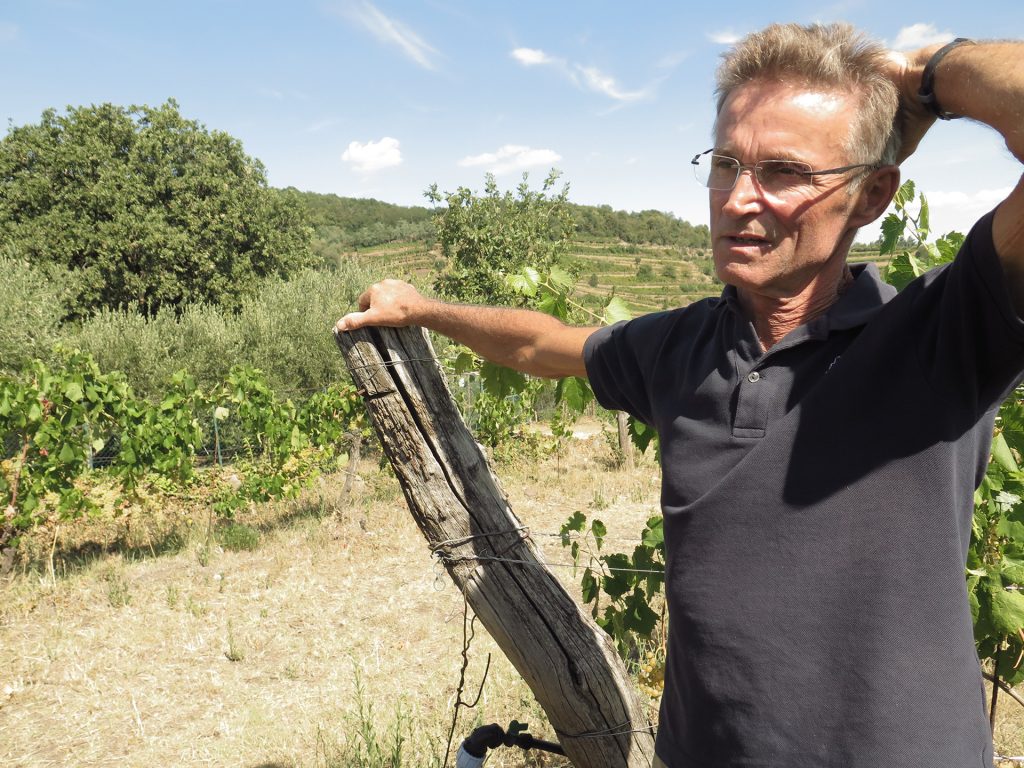
We head to visit the winery of a former apprentice, Daniele Piccinin, in the hills of Verona—a short drive, but very different culturally, according to Maule. We walk in the vineyards, looking at a local white grape variety called Durella, which Piccinin uses to make both still and sparkling wine. Maule and Piccinin, whose first vintage on his own was in 2006, walk together and talk about the terroir. Later, we taste in the cellar. Piccinin is the vice president of VinNatur. I press Maule to tell us more about why he founded the association.
He scrunches his brow and swirls his glass of Piccinin’s brambly, blackberry-toned Pinot Noir. “I wasn’t going anywhere by myself,” he says. He felt that research on soil could help him and others to “respect their terroirs,” and he also wanted to be known as a teacher—perhaps to know that he’ll have a legacy. Mistrustful of official organic certifications, Maule felt that he needed to create his own.
It is a big deal for VinNatur to finally have all its producers’ wines pass the pesticide test: In previous years, there were always a few that didn’t (and some of them had organic certification, he says). Now the overall focus of the association is to have a more “holistic understanding of the vineyards.” He says that this isn’t about controlling farming practices “from the top, it’s coming from the bottom.” VinNatur is currently looking at replacing copper and sulfur, commonly used in organic viticulture, with vegetable extracts that help vines build up resistance. This would lead to the kind of internal strength that Maule wants to see in his vines.
Some people rebel loudly against the system, shouting to the world that it’s unfair. Others organize quietly and use their smarts to create something they believe could be better.
Rachel Signer is a Sprudge Wine contributor based in Paris, and the co-founder of Terre Magazine. Read more Rachel Signer on Sprudge Wine.
Photos by the author.
